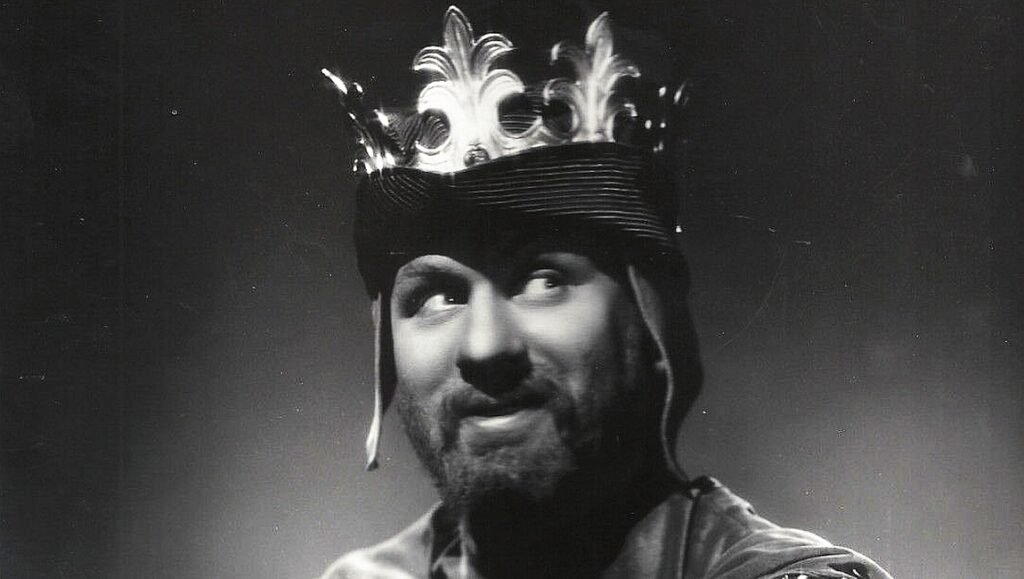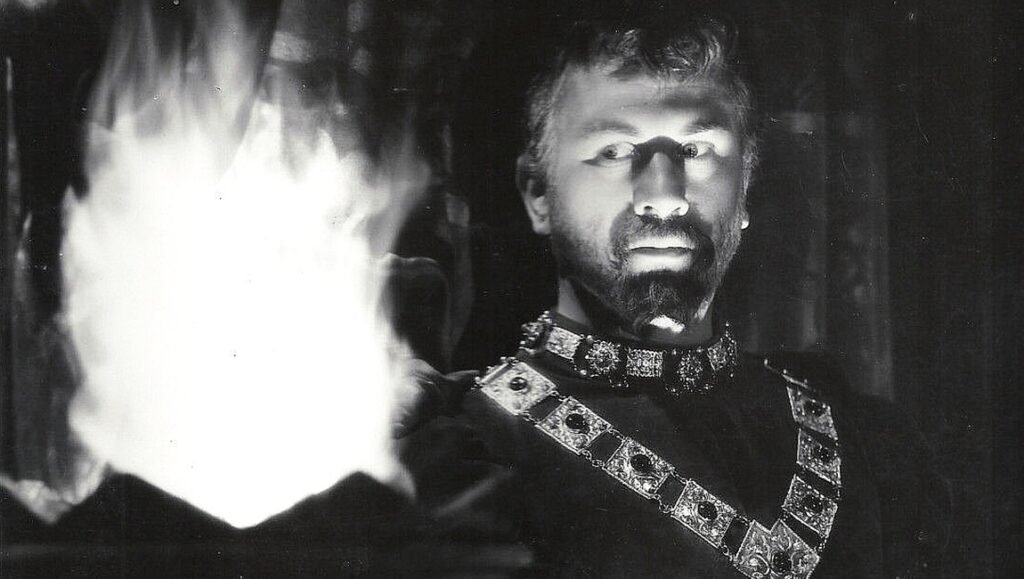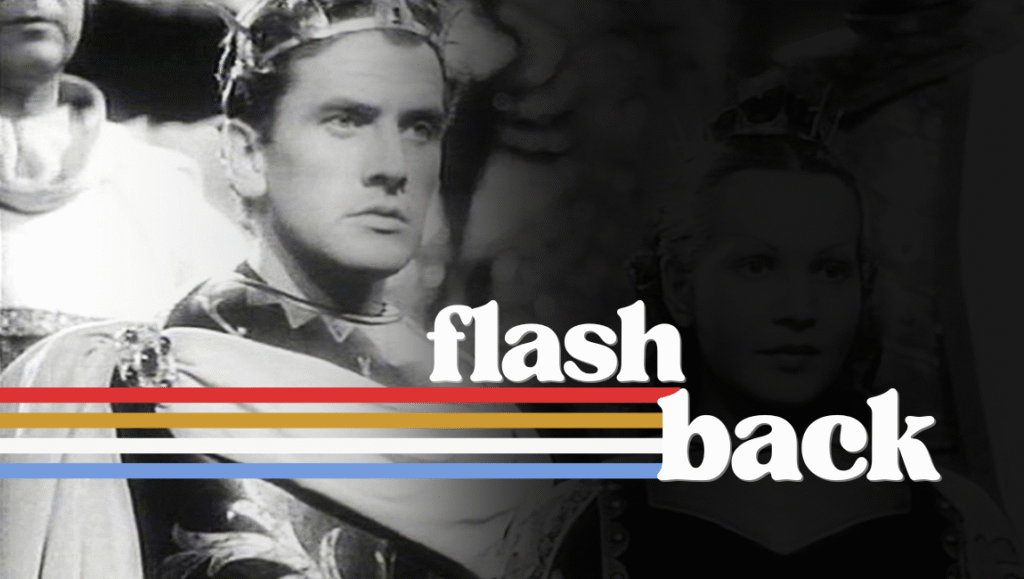Ah, but first: an introduction. This is the first entry of Flashback, a new column hosted by In Review Online. Here, I play your very own Scheherazade as I recount stories from cinema history long forgotten by most, save for scholars, pedants, and freaks. These are stories that focus on old films which are not simply “underrated” — many are outright bad, most are just fine — but remain vital to our understanding of film.
To determine which stories to tell, I’ve settled on two loose criteria: 1) the film must have fewer than 1,000 logs on Letterboxd at the time of writing, and 2) I’ve come across enough scholarly writing arguing for its importance, whether it be popular, critical, historical. Since Letterboxd and myself have both been blessed by God to be infallible entities, these criteria are Good and True. And, like all things Good and True, they may be tweaked at any moment.
I hope you’ll forgive the lighter tone and my grating use of the first person, as these short stories are as much about my finding these movies as they are about the movies themselves. Just as Antoine Galland appended the story of Ali Baba to his One Thousand and One Nights, I have my own treasure-hunting tales to tell.
“For our filmmaking, following the American school can mean a lot; let’s not follow the European cinema of today.” — Vittorio Mussolini, Cinema prima serie, n. 6
Fascist cinema: a label granted both to the 1930s and ’40s films of Italy and Germany as well as any particular piece of politically negligent American trash produced during these rotting days of the Hollywood Empire. The impulse to grandstand, to arm oneself with hyperbolic takes on every new release, has stimulated the latter use of the label by tweeters and blueskyviants (films I’ve seen called “fascist” include Warfare — understandable; Barbie — less so; and the filmography of Peter Berg — understandable). But, perhaps, with actual fascism now being openly promoted as a viable option again, it’s best to look back at the legacy of former in order to best spot this ideological creep before it fully sets in.
At least, that was my line of thinking as I picked up Peter Bondanella’s hefty A History of Italian Cinema and turned right to the verboten section. The films of Nazi Germany have been discussed enough to register some sort of online cinephile consensus — the cinema department was a wing of Goebbels’ propaganda machine, though not all films are obvious Jud Süß‘s; one both does and does not “have to hand it to” Leni Riefenstahl; and maybe directors like Helmut Käutner get a “pass” — but Italian films from the same time period have not been wrung through similar rounds of discourse. Why is that?
 For one, no easy narrative defines Italian cinema for this time. Unlike Goebbels, Benito Mussolini believed that the best propaganda could be achieved simply by producing quality films that could compete against, and even outperform, Hollywood imports. Surprisingly, this meant the Italian government made minimal interference in production, hiring, and editing films; most outright propaganda looked no different than, say, America’s own My Son John. Even leftist, or at least liberal, artists found employment in the film studios, among them Vittorio De Sica, Federico Fellini, Roberto Rossellini, Michelangelo Antonioni, and Luchino Visconti. Which is not to say that cinema was ignored by Il Duce. In 1932, the Venice Film Festival was founded in part by Mussolini’s finance minster Giussepe Volpi. Five years later, Mussolini used the phrase “cinema is the most powerful weapon” to inaugurate the opening of Cinecittà, still the largest film studio in Europe. I laugh every time I visit the Wikipedia page for Vittorio Mussolini and see that his role as “film critic and producer” is given more importance than his being the son of the Duce, but that Mussolini’s son could and would stake out such a position shows how important the role of cinema was to Fascist Italy.
For one, no easy narrative defines Italian cinema for this time. Unlike Goebbels, Benito Mussolini believed that the best propaganda could be achieved simply by producing quality films that could compete against, and even outperform, Hollywood imports. Surprisingly, this meant the Italian government made minimal interference in production, hiring, and editing films; most outright propaganda looked no different than, say, America’s own My Son John. Even leftist, or at least liberal, artists found employment in the film studios, among them Vittorio De Sica, Federico Fellini, Roberto Rossellini, Michelangelo Antonioni, and Luchino Visconti. Which is not to say that cinema was ignored by Il Duce. In 1932, the Venice Film Festival was founded in part by Mussolini’s finance minster Giussepe Volpi. Five years later, Mussolini used the phrase “cinema is the most powerful weapon” to inaugurate the opening of Cinecittà, still the largest film studio in Europe. I laugh every time I visit the Wikipedia page for Vittorio Mussolini and see that his role as “film critic and producer” is given more importance than his being the son of the Duce, but that Mussolini’s son could and would stake out such a position shows how important the role of cinema was to Fascist Italy.
For another, there’s a curious lack of consensus “auteurs” during this period. Most of us think of Nazi Germany’s legacy by using directors as shorthand archetypes: Veit Harlan, the propagandist; Leni Reifenstahl, the compromised artist; Helmut Kaütner, the exception. Fascist Italy’s “auteurs” don’t readily fit into such easily digestible narratives, but both Bondanella and Steven Ricci have proffered Mario Camerini and Alessandro Blasetti as artists whose talents have gone unnoticed thanks to the (understandable) critical dismissal of the era. These were neither secret leftists nor mindless propagandists. They simply made popular entertainment and made it well — Camerini tackled Telefoni Bianchi or light comedies while Blasetti worked primarily with calligrafismo and provincial dramas. While Camerini helped make Vittorio De Sica a star, it was Blasetti whom the upcoming neorealists truly admired. Not only did he shoot his 1860 (1934) on location, but he hired nonprofessional actors and allowed them to speak in their natural Sicilian dialect, which, Bondanella notes, wouldn’t be noticed until Visconti started doing the same thing. His Four Steps in the Clouds (1942), about a pregnant girl who ropes a stranger into playing her husband, is often cited as the aesthetic precursor for neorealist style. These films alone break the traditional narrative that Italian filmmaking stagnated at this time, but one of Blasetti’s works is completely emblematic of the elusiveness of fascist cinema.
1941’s The Iron Crown was proudly made at Cinecittà, with an enormous budget relative to the pittance usually allotted for wartime productions. It’s a fairy tale, complete with a fratricidal king, a princess trapped in a castle, a prince braving danger to save her, and a series of prophecies recited by an old witch just daring the others to tempt their fate. It’s hardly what we think about when asked to picture a fascist film, but let’s look a bit closer. The prologue, presented to us as text in a bejeweled tome, recounts a story of a holy crown being transported from the Byzantium to the Pope in Rome that was lost in an unnamed kingdom along the way. The crown has the power to right historical wrongs, and, when King Sedemondo, having killed his brother and usurped his throne, learns that his brother’s son Arminio still lives, tries all he can to protect himself and his unmarried daughter. He thus hosts a tournament of strength to determine who will marry his daughter, and I’ll let you take a wild guess who wins. Bondanella describes the ambiguous fascist qualities of The Iron Crown thus: “while its message underlines a common sentiment among Italians at the time—the desire for peace and the cessation of hostilities during the Second World War—the symbolic implications of the search for a charismatic leader who will restore a magic crown to its rightful place in Rome may also point to Mussolini, Il Duce of a newly revived Rome.” The film truly does play it both ways and never quite feels like even light propaganda, though it does end with the explicitly militaristic imagery of swords, spears, and arms raised against sky.

So, does this give us any hint of what a lowercase-f fascist film may look like today? If anything, The Iron Crown complicates that question. It never looks quite like militaristic propaganda, it never explicitly comments on the politics of the day, and it wasn’t even subject to censorship. On the other hand, it’s easy to parse which imagery is favorable to the fascist mind: military might, strongmen leaders, and an army of faceless faces. It’s simultaneously populist and authoritarian, stating that it’s the people’s demand to have a rightful king, and one couldn’t ask for a better distillation of Fascist philosophy than that. I can’t quite think of many contemporary American films that quite hit those points, but, though I still caution at using the term as a synonym for “dreck,” it’s good to remember that such films won’t look like — won’t even be — propaganda. Mussolini himself just wanted them to be good and Italian. Though Bondanella called The Iron Crown “perhaps the most unusual film of the more than seven hundred made between the advent of sound in 1930 and the fall of the Fascist regime in 1943,” it serves as a paragon of these ambiguities of Fascist filmmaking and a lodestar for the expensive American-Italian co-productions that would dominate the international box office.
Just four years after Blasetti made The Iron Crown, occupying Allied forces turned Cinecittà into a refugee camp. The neorealists, also inspired by Blasetti, thus turned away from the studios and toward the streets.


Comments are closed.